The climate of the Central Highlands has two distinct seasons: sunny and rainy. However, in the highlands, the nights are cold in all seasons. Therefore, the fireplace is considered a guardian deity that brings life, joy, and happiness all year round to each family in the old villages. The ethnic groups in the Truong Son-Tay Nguyen region mostly have the same design and placement of fireplaces in their stilt houses.
An average family of 3 generations usually has 2 stoves: the main stove and the secondary stove. The main stove is located on the right side of the entrance, close to the back porch of the house, with a slightly larger area, and has a kitchen rack (kitchen shelf) above to dry food. The secondary stove is smaller and located on the left side of the entrance, mostly square with a wooden frame, the inside is tightly packed with clay. The stove usually has 3 equal stones as the Kitchen God (which can be moved when necessary).
According to the traditional beliefs of the Central Highlands people, besides the mountain gods, river gods, and village gods, there are also house gods and fire gods. These are close gods who bring prosperity and happiness to family members, so in the prayers of rituals such as health worship, ear-blowing ceremony, new rice celebration, new house worship, etc., they all invite the fire god to attend and witness with the wish to bring luck to the family. They have rules and taboos for the family fire, such as always keeping the fire dry and tidy.
When building a new house, first you have to worship the kitchen god with full rituals, then the shaman gives the sacred fire to the homeowner (usually the oldest woman in the house) and keeps the stove burning continuously day and night with dry forest firewood prepared in advance.
In the following days, the stove must not be left cold, but must be kept hot in the ashes. When cooking is needed, just add firewood. Children must not play around the main stove; outsiders must not come to the stove to ask for fire to take home without permission from the homeowner and must personally pick up the hot coals.

Firewood for cooking is selected and stored for many months, especially during the rainy months. Firewood must be cut from dry, standing trees. Storing firewood to keep the family fire red and warm all year round is a difficult task for the women in the family.
Some ethnic groups also have the custom of “wedding firewood”. When a girl reaches marriageable age, her parents will instruct her on how to cut and store firewood for the engagement. She must go into the forest to select chestnut, red pine, and bi loi trees of suitable size, cut them into pieces, split them evenly, bundle them nicely, and then carry them home to a dry place. When the engagement comes, the girl brings the firewood she has stored to her husband’s family as a dowry. If the firewood is strong, straight, beautiful, and neat, the girl will be considered virtuous, diligent, and have the qualities of a good wife by her husband’s family and villagers.
The indigenous people of the Central Highlands believe that the fireplace is not only a place to cook, bringing warmth to all family members, but also a place to warm up during the cold rainy season and the long, freezing nights of the forest; a place to light up when the sun sets, so that everyone in the house can see each other clearly. Not only that, the fireplace is also a place for family gatherings, to teach children and grandchildren; a place to receive guests with a jar of rice wine and a warm, laughing fire, and stories that buzz all night long...
I used to sit with the village elder by the warm fire of the stilt house on cold winter nights, drinking cans of rice wine and chatting with the host until I got drunk without realizing it. Waking up in the middle of the night, I found myself lying on a mat next to the fire; occasionally someone would come and add a piece of firewood to keep everyone warm so they could sleep soundly. There were meals when I was a guest, also with just a wooden stick sitting by the fire, the villagers would bring me hot bamboo tubes of sticky rice, probably grilled by the family in the kitchen.
The host sat with me at the main stove, took a stick to pick up some young, steaming bamboo shoots from the hot ashes, peeled them and gave them to me to dip in salt and chili, and eat with sticky rice, delicious beyond description. It was so rustic but extremely warm and happy. And I can never forget the moments by the fire of the stilt house where the families gave me the warmth of the sacred fire that day.
Source: https://baogialai.com.vn/nho-bep-lua-nha-san-post319884.html



![[Photo] Prime Minister Pham Minh Chinh works with the Standing Committee of Thai Binh Provincial Party Committee](https://vphoto.vietnam.vn/thumb/1200x675/vietnam/resource/IMAGE/2025/5/12/f514ab990c544e05a446f77bba59c7d1)
![[Photo] Buddha's Birthday 2025: Honoring the message of love, wisdom, and tolerance](https://vphoto.vietnam.vn/thumb/1200x675/vietnam/resource/IMAGE/2025/5/12/8cd2a70beb264374b41fc5d36add6c3d)


![[Photo] Prime Minister Pham Minh Chinh starts construction of vital highway through Thai Binh and Nam Dinh](https://vphoto.vietnam.vn/thumb/1200x675/vietnam/resource/IMAGE/2025/5/12/52d98584ccea4c8dbf7c7f7484433af5)

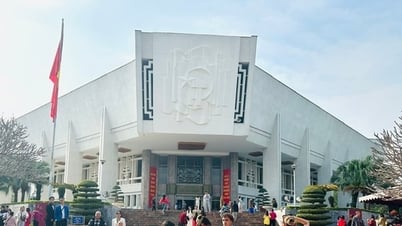


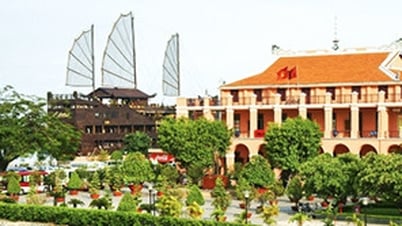
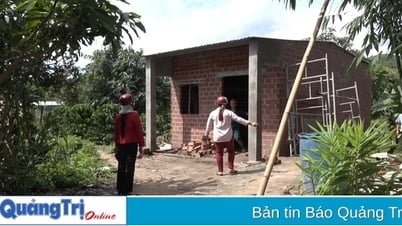




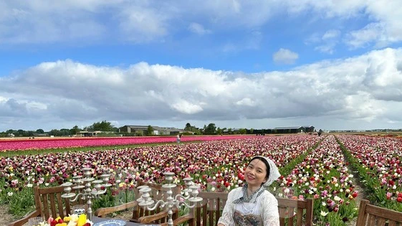



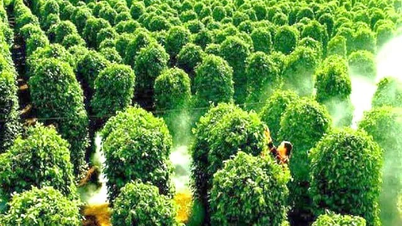
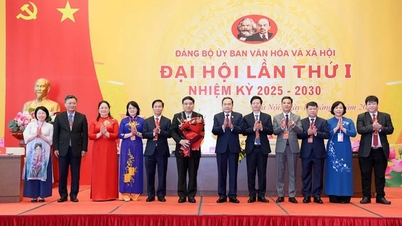


















































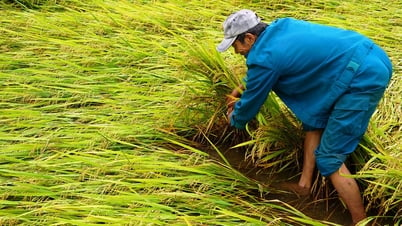

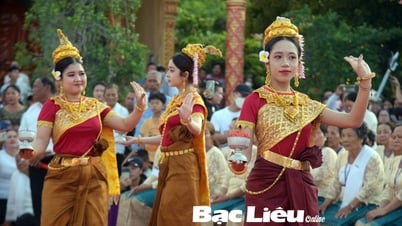

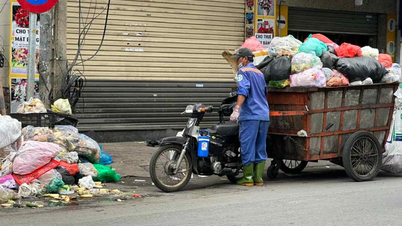












Comment (0)